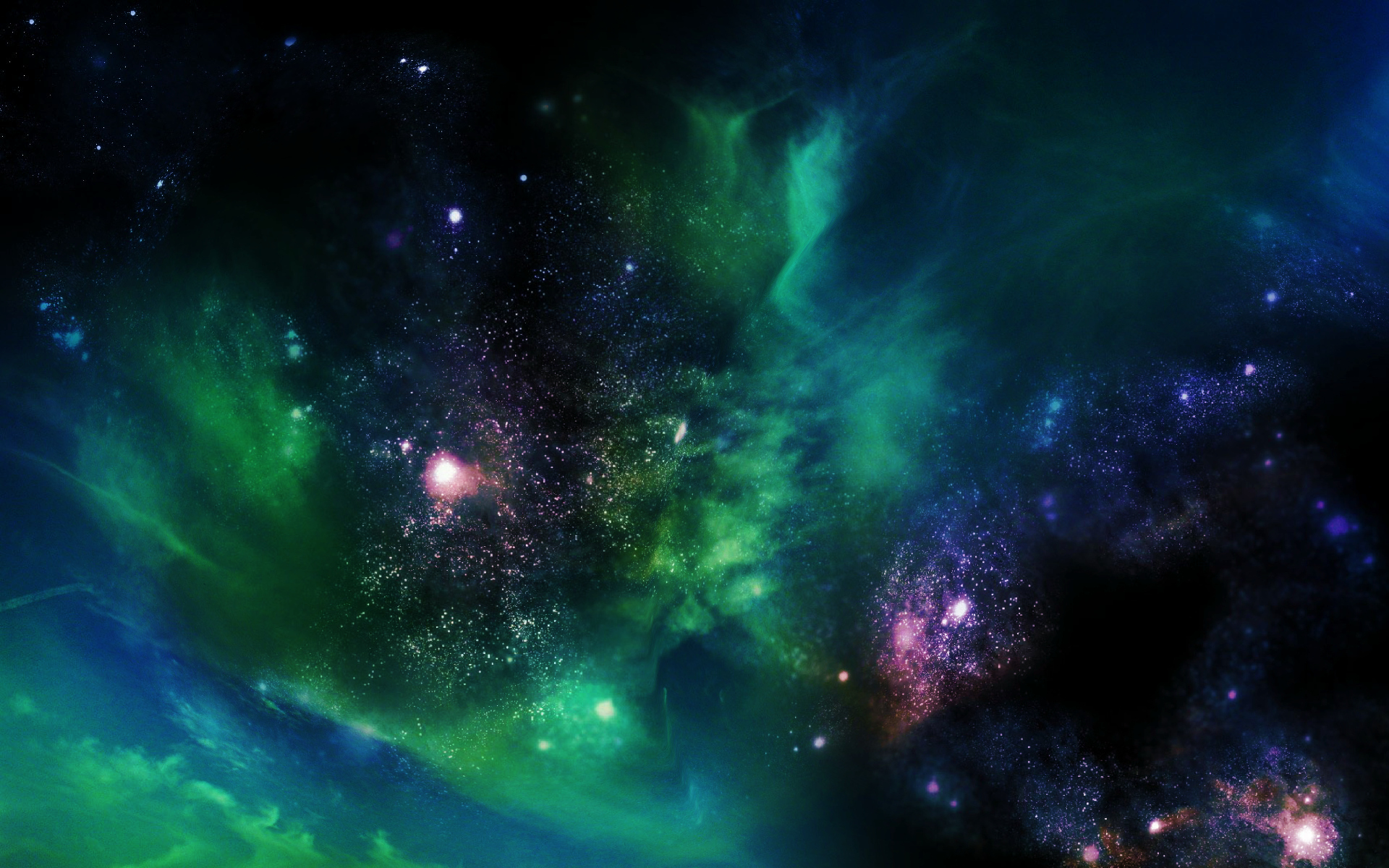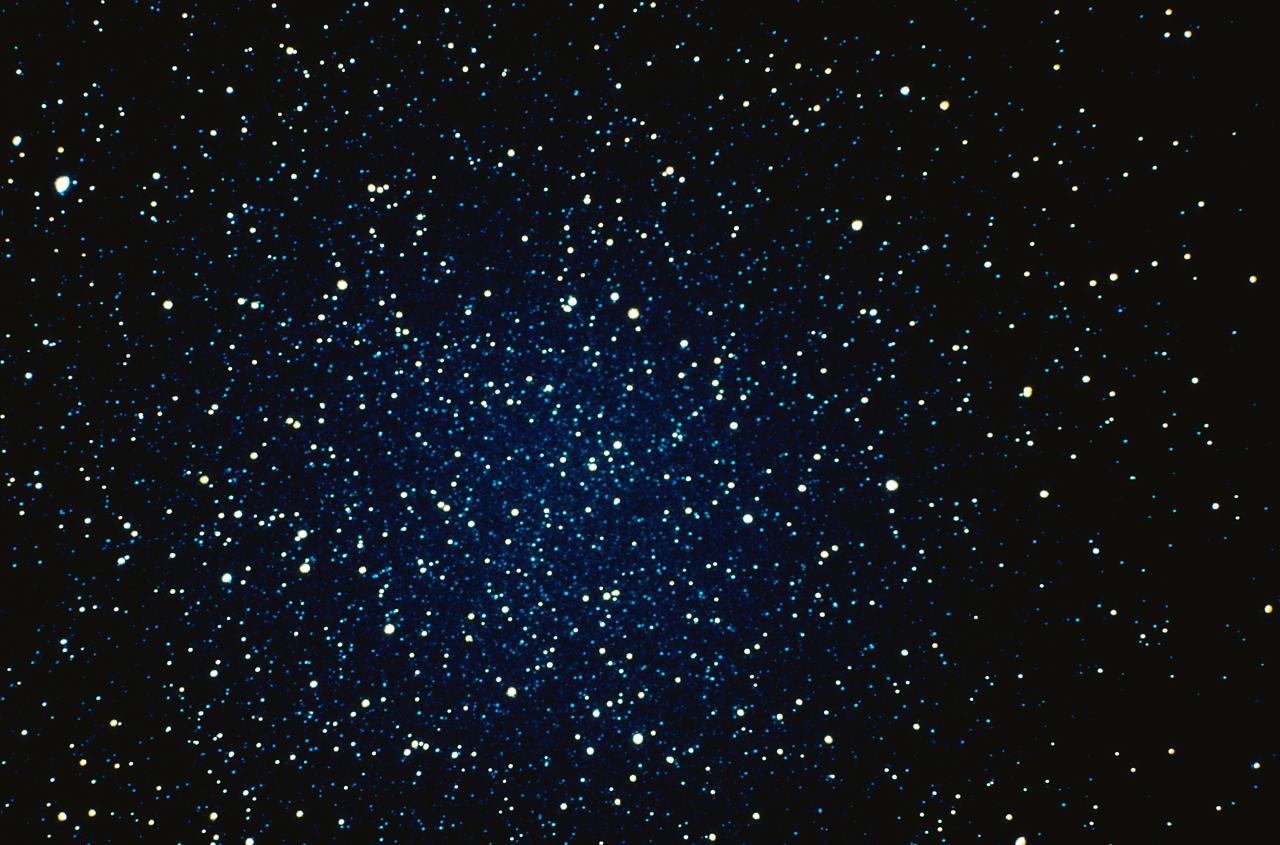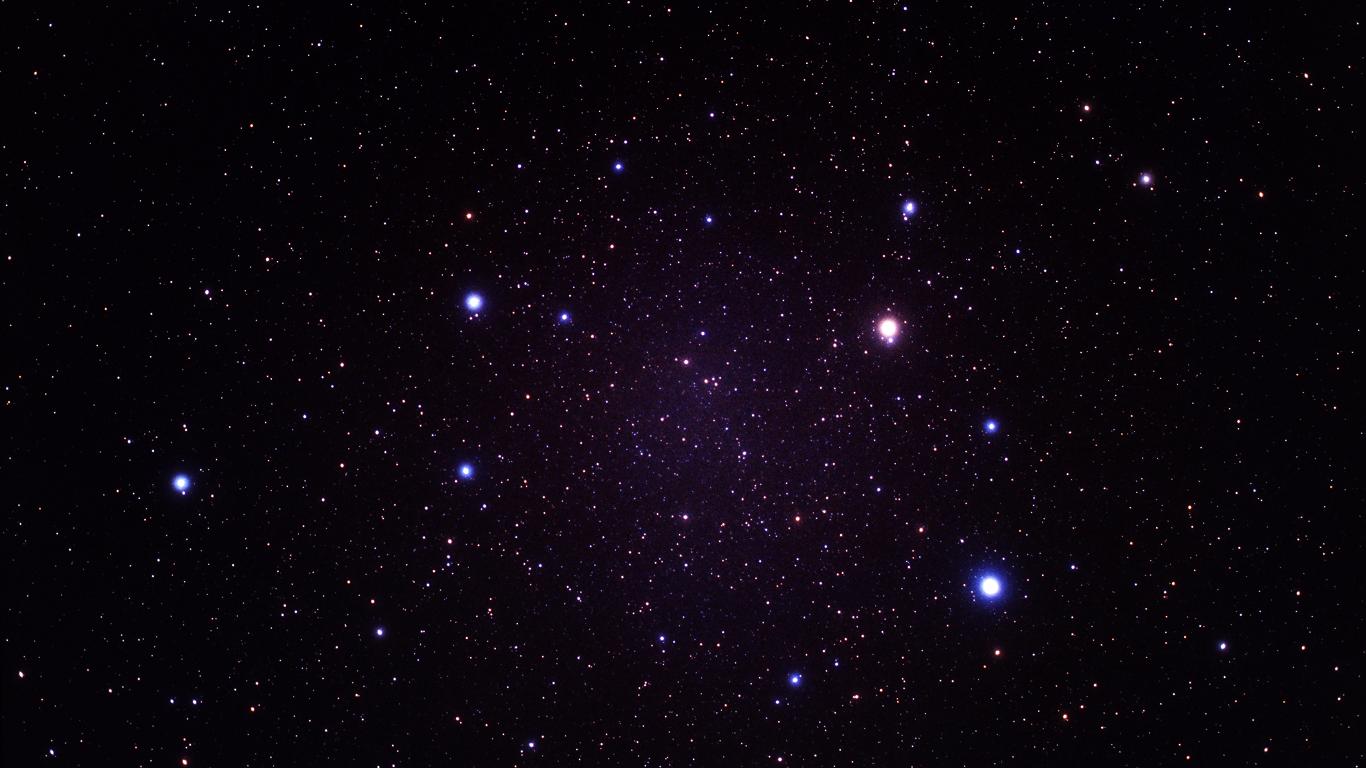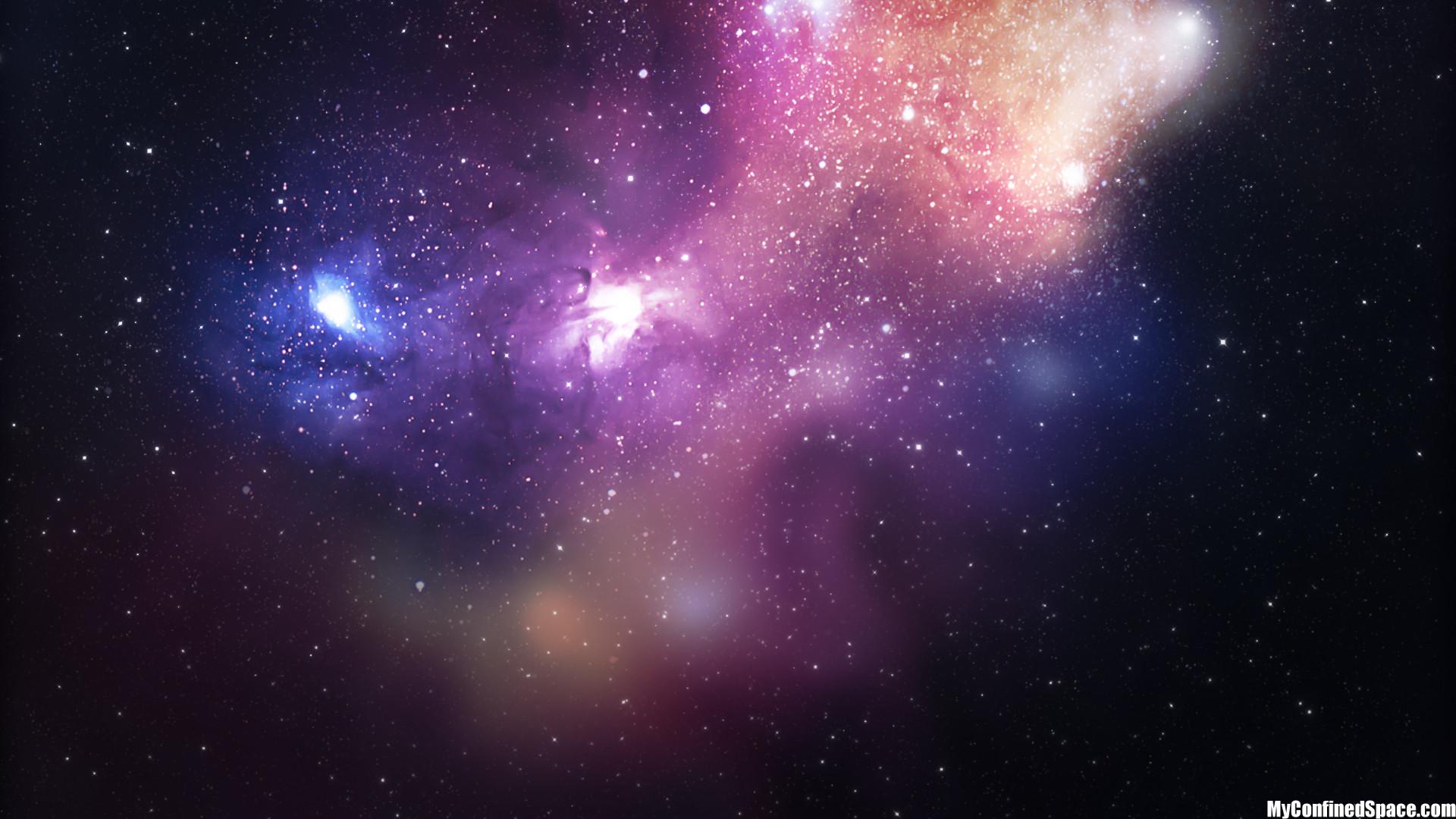
Earlier this month, the White House's Office of Science and Technology assembled a strange gathering: scientists, artists, engineers, and policy-makers, for a workshop designed to imagine how humanity could settle the solar system.

Using a computer simulation, astronomers probe the ‘cosmic web’ of the universe, its honeycomb-like structure on the largest scales.

New observations from the Hubble Space Telescope are helping characterize the atmospheres of exotic planets, such as the exoplanet 55 Cancri e.

A spectacular image of the Milky Way has been released to mark the completion of the APEX Telescope Large Area Survey of the Galaxy (ATLASGAL).

Scientists in the U.K. share a five-dimensional black hole simulation model that could ‘break’ the general relativity of Albert Einstein, the very foundation of modern physics.

Two years ago, Virgin Galactic's SpaceshipTwo, the space plane it hoped to use to send tourists into space, failed on a test flight and crashed in the desert. Now, it's revealed a brand new version of SpaceShipTwo.

Earth is home to 2,550 exotic minerals, some so scarce the world supply would fit inside a sugar cube. One of the Earth’s rarest minerals is Nevadaite, which has only been found in two places on the planet.

For some, the idea of realistically achieving the ability to travel through time is a thankless pipe dream. For others, each passing day is but another 24-hour block of dreaming about how to best alter history once the surely inevitable technology comes along to make time travel as easy as swiping a bus pass.

The H-2A rocket flies into the sunset sky over the Tanegashima Space Center at 0845 GMT (3:45 a.m. EST; 5:45 p.m. local time

For the first time, astronomers have analyzed the atmosphere of an exoplanet in the class known as super-Earths. Using data gathered with the Hubble Space Telescope and new analysis techniques, the exoplanet 55 Cancri e is revealed to have a dry atmosphere without any indications of water vapor.

University of Washington astronomers have identified a rare type of supernova

An infant star lights up the nebula IC 2631 in this remarkable new image from the MPG/ESO 2.2-m telescope at ESO's La Silla Observatory, Chile.
A landmark day for Einstein and our understanding of the universe: the detection of gravitational waves. Brian Greene explains the discovery.